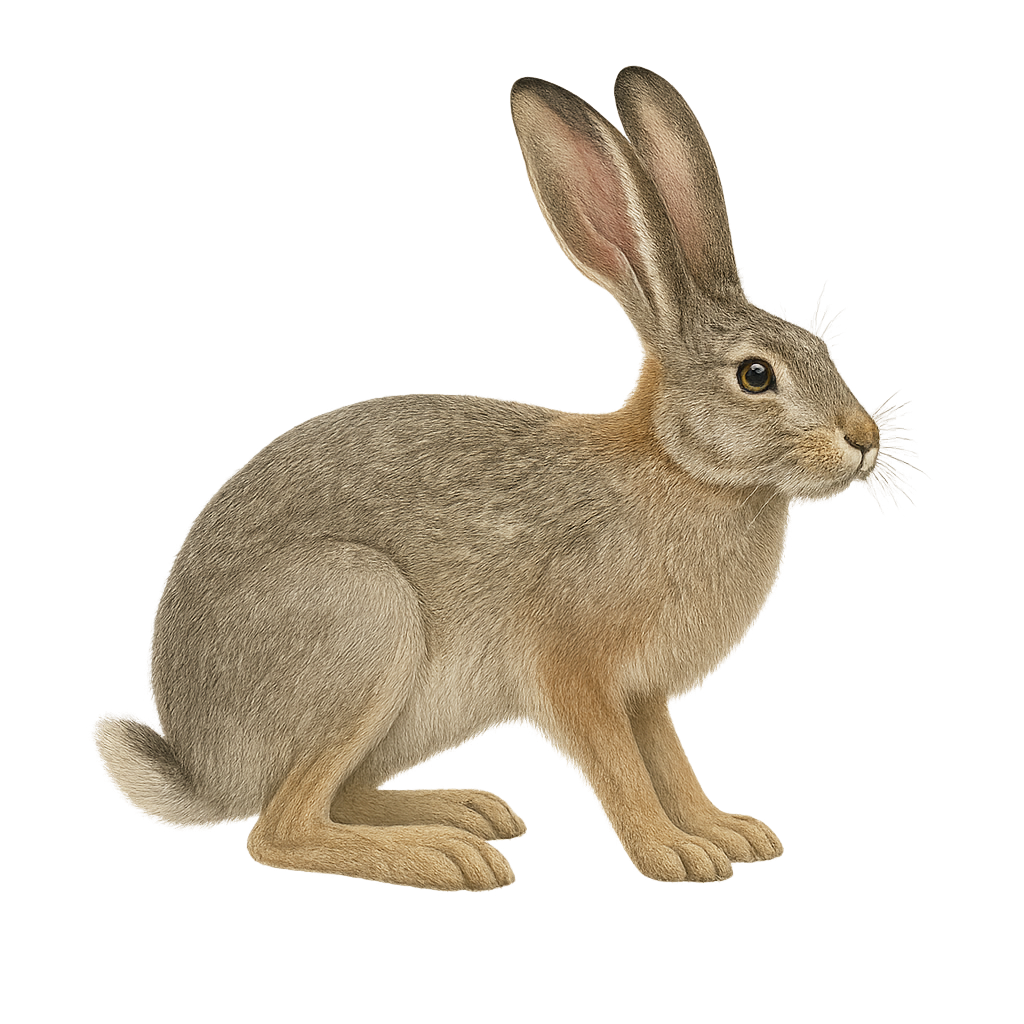Your wildlife photography guide.
Explore the tolai hare in detail, study its behavior, prepare your shots.
Where to observe and photograph the tolai hare in the wild
Learn where and when to spot the tolai hare in the wild, how to identify the species based on distinctive features, and what natural environments it inhabits. The WildlifePhotographer app offers tailored photography tips that reflect the tolai hare’s behavior, helping you capture better wildlife images. Explore the full species profile for key information including description, habitat, active periods, and approach techniques.
Tolai Hare
Scientific name: Lepus tolai

IUCN Status: Least Concern
Family: LEPORIDAE
Group: Mammals
Sensitivity to human approach: Suspicious
Minimum approach distance: 10 m
Rut period: March to August
Gestation: 42-46 jours
Births: April to October
Habitat:
Steppes, semi-deserts, open grasslands
Activity period :
Mainly active at night, generally discreet during the day.
Identification and description:
The Tolai hare, Lepus tolai, is a medium-sized mammal known for its long ears and strong hind legs. It has a gray-brown coat that helps it blend into its natural habitat, which mainly consists of steppes, semi-deserts, and open grasslands. This hare is well adapted to arid climates and can be found in regions ranging from Central Asia to Mongolia. It is primarily nocturnal, allowing it to avoid the high daytime temperatures. Although generally solitary, it can be seen in small groups during the breeding season. Its ability to run quickly is its main defense against predators.
Recommended lens:
400 mm – adjust based on distance, desired framing (portrait or habitat), and approach conditions.
Photography tips:
To photograph the Tolai hare, it is advisable to use a telephoto lens of at least 400mm to capture detailed images without disturbing the animal. The best photography opportunities occur at dawn or dusk when the hare is most active. Look for areas with sparse vegetation to get a good field of view. Be patient and remain still to avoid scaring the hare. Use a tripod to stabilize your camera and achieve sharp images.
The WildlifePhotographer App is coming soon!
Be the first to explore the best nature spots, track rutting seasons, log your observations, and observe more wildlife.
Already 1 430 wildlife lovers subscribed worldwide

